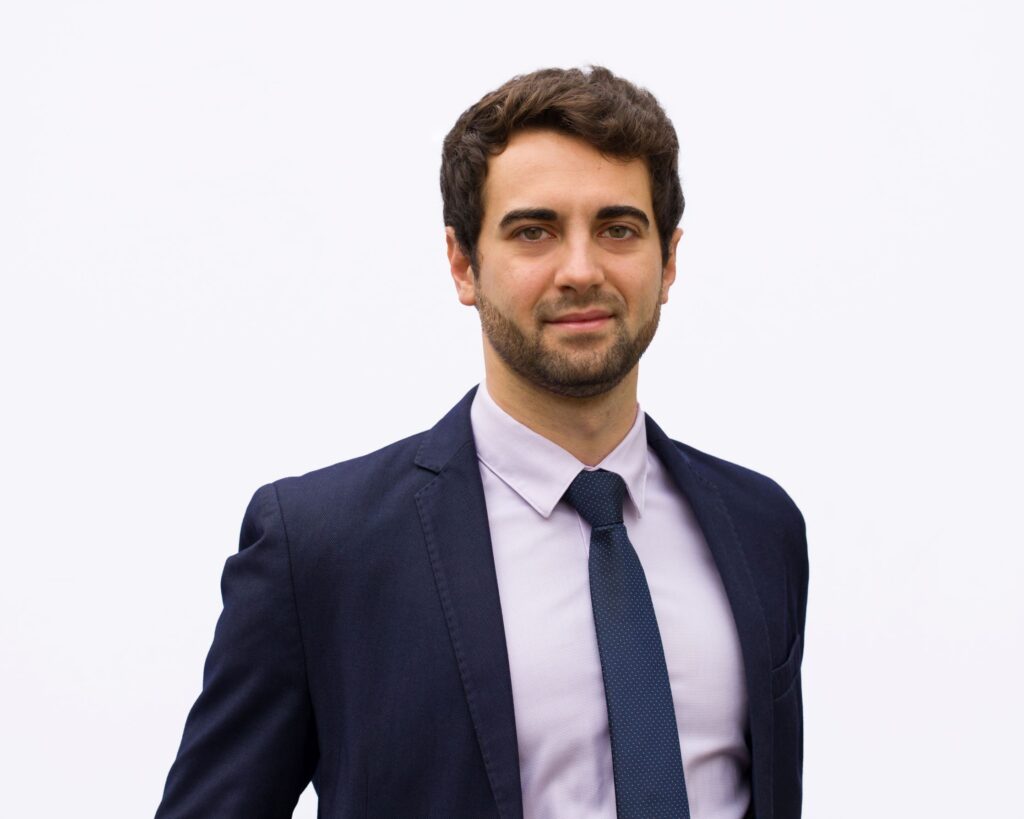
Eurex launched two new fixed income Environmental, Social and Governance (ESG) index futures on the Bloomberg MSCI Global Green Bond and Euro Corporate SRI indexes in September 2021. These futures are the first listed solutions in the fixed income products universe able to support market participants to comply with ESG mandates using listed derivatives. These products help investors manage risk while also providing the opportunity to generate additional alpha via synthetic exposure to the returns of ESG fixed income indexes. In a Q&A with Jasper Jansen, head of Fixed Income Tradingat Flow Traders and Davide Masi, product manager, Fixed Income ETD Product Designat Eurex, we explore the progress, uptake and market response to these new and innovative solutions.
DerivSource: Davide, can you start by offering readers an update on these newly launched futures?
Davide Masi: The Euro Corporate SRI has been actively trading since the launch, with over €170 million in traded notional as of November 2021, while open interest has grown to around €80 million prior to the roll in December 2021. The Euro Corporate SRI aims to replicate the risk and return profile of the Euro investment grade corporate bond market, with an ESG strategy built in to exclude the sin sectors—e.g. tobacco, alcohol, weapons, fossil fuels and nuclear—from the index composition.
The launch was driven by customer demand for transparent, publicly traded listed derivatives in the fixed income ESG space. After years of challenges related to the sourcing of data for bonds issuers as well as the capability of investors to engage as bond holders with the companies they were investing in, these problems have largely been solved and there is much more demand in the fixed income ESG space. End clients wanted a futures solution that would allow them to more optimally hedge their exposure to the corporate bond market in Europe via ESG related instruments, while also enabling them to better manage the benchmark exposure in fixed income ESG portfolios.
DerivSource: Jasper, have you been involved in the launch of these new futures from the beginning? What enticed Flow Traders to get involved on behalf of your counterparties?
Jasper Jansen: Yes, we have been involved from the beginning and are the lead market maker for both investment products launched. Flow Traders is a strong supporter of innovation and with the increasing demand from counterparties for more sustainable investment products, we were keen to get involved.
ENRICHING THE CREDIT ECOSYSTEM
DerivSource: Can you explain how these newly launched products will enrich the credit ecosystem?
Davide Masi: These new products allow end customers to express a view on the credit market by accessing a transparent and liquid investment tool. Our futures are offered on the central order book at prices that are accessible to all our Exchange members and that are provided by market makers, such as Flow Traders.
Other products that provide leveraged exposure to the investment grade credit markets in Europe include CDS and iTraxx indices as well as Total Return Swaps (TRS). The newly launched fixed income ESG futures products provide a new channel for expressing a credit view that is fully transparent and centrally cleared. It ensures that price and size offered for the products are publicly available continuously throughout the day, while also providing a secure low-risk counterparty environment, where the counterparty risk is reduced to a minimum thanks to central clearing.
It also opens up the possibility for end users to exploit potential differences between prices in the CDS market, the cash bond market or the fixed income ETF market. For example, allowing users to trade the forward basis between the ETF and the futures and therefore gaining the implied borrow rate between the two, but also to trade the basis between CDS spreads and the credit spreads implied by the index future prices.
Jasper Jansen: With a broader range of products, such as this recent launch, market participants have a new tool to gain exposure.
Over the past few years, there has been an increase in ESG bond initiatives. In addition, we have seen the buy-side cutting back on non-ESG exposure and switching into ETFs with an ESG label. These futures are in line with the trend we see and are helping the buy-side to access to liquidity in ESG products.
Futures can also add transparency to the bond market in general. It is difficult for market participants to see where corporate bonds are trading because the market is often opaque and there is no consolidated tape. Credit ETFs in general and now these futures are good tools for price discovery, which is increasingly more important when markets are volatile, for example in March 2020 when the pandemic began.
FINDING AND PROVIDING LIQUIDITY
DerivSource: A major benefit of these new products is the price transparency and regulatory compliance achieved through use of both the Central Limit Order Book (CLOB) and CCP clearing. Can you share the liquidity in both order book vs off book for these products?
Davide Masi: The order book is populated with prices that are tradeable. Our initial conversation with the market makers prior to launching the product was not to overburden them with too tight liquidity requirements but rather to offer a product which had comparable liquidity to the ETF and the corporate bond market. However, as an exchange, we also offer the flexibility for end customers and members to negotiate transactions on our products bilaterally and bring to the exchange for clearing.
Jasper Jansen:
Yes, Flow Traders is active in off-book transactions as well as in order-book trading.
DerivSource: How is liquidity best ascertained?
Jasper Jansen: Liquidity can be measured by looking at the book, the best bid and offer and what size is being traded. However, if a product doesn’t trade it doesn’t mean there’s no liquidity. It just means that no one wanted to gain exposure.
Davide Masi: If there is no frequent traded volume at the moment, it does not mean a product is illiquid. It just means that there are not so many active clients yet. Clients may still be going through their product approval processes.
Eurex is a public exchange and publishes the name and contact details of market makers on the exchange. The best way to understand liquidity in a product is to make inquiries and check with the liquidity providers what levels can be reached and what type of liquidity they can provide, in order to ascertain how liquid the products are, what the bid offer spread is, and what size can be traded.
DerivSource: Can you share the liquidity that your firm provides for this market?
Jasper Jansen: Flow Traders is in the market with 25 contracts within 15 ticks, which is a bit less than 10 basis points.
NEXT STEPS
DerivSource: What are the next steps for this space?
Davide Masi: We are keen to offer more credit alternatives and more ESG alternatives for market participants to trade and will start consultations with our end customers soon. We are currently focused on two very important markets in the credit space – Euro high yield and emerging markets. We are monitoring these along with other potential target markets from either a fixed income, electronification or ESG perspective.
Jasper Jansen:
Flow Traders continues to be active in several different futures; it is one of our core focus areas and we will continue working closely with Eurex to make this launch a success. There is an increasing popularity for more sustainable investment products, also the possibility of trading them electronically, which results in more market participants gaining access and we are here to support that further.
Contributors:

Davide Masi, Product Manager, Fixed Income ETD Product Design, Eurex

Jasper, Jansen, Head of Fixed Income Trading, Flow Traders

